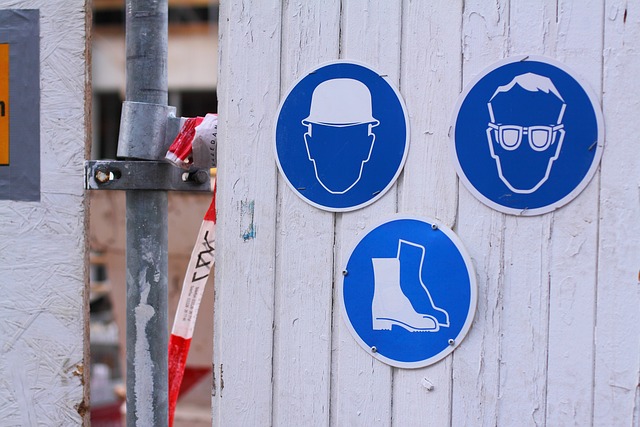Site security should be of top concern in the construction industry. This is because safety management not only reduces injury risks for the public but also decreases work-related injuries and accident risks for your workers, reducing the costs you would otherwise incur.
Even if accidents aren’t likely to occur, an unsafe construction site is risky. This is why OSHA and other regulatory bodies require the construction industry to observe workplace safety standards. A safe site lowers downtime because when accidents occur, work has to stop. Below are ways to improve the safety of workers in the construction industry.
1. Training
Most construction site skills can be learned on the job, but safety is a skill set that should be learned before workers begin work. Find construction industry-related resources to train your employees on safety standards and best safety practices. You can also have them attend courses like safety training courses to gain professional safety knowledge.
Consider introducing a policy where older employees participate in regular training sessions to refresh their knowledge of safety standards. Upon training, employees should get a chance to practice their safety training skills on-site, as it’s an environment where safety is essential. Ensure the training meets OSHA requirements for assured effectiveness.
2. Create awareness
Ignorance can be a significant risk in any industry. This is why any worker, no matter their experience, should be made aware of the possible safety hazards to avoid putting themselves and others at risk. Each construction manager should ensure that the workers and everyone else who visits the site are aware of the potential dangers and how they can protect themselves.
3. Provide the right equipment and PPE
Different construction jobs require various tools. Failure to provide your employees with the right equipment may lead to injuries and fatalities. You also don’t want your employees to take out personal loans from companies like My Canada Payday to buy their PPEs. Make a point of providing PPE as their employer. Besides easing the construction work, proper equipment and machinery also curb injury and fatality rates, ensuring employee safety.
Additionally, providing the right PPE for your employees and visitors ensures their safety. Some of the PPE types you may require include foot, head, hearing, hand, respiratory, eye, and face protection. You may also get safety belts, lanyards, lifelines, and safety nets. Don’t forget to educate your employees on the benefits of always wearing PPE and the consequences of not using them while at work.
4. Clear and effective communication
Safety signs and labels are an effective way for employers to communicate with their workers. Equipping your workers with communication devices allows fast and efficient communication to know what to expect in case of a problem. For any on-demand site-specific instructions and procedures, clearly and effectively communicate them to your workers to reduce the chances of unforeseen accidents.
5. Conduct regular site inspections and hold safety meetings
Construction site inspections should be done before and after every day to address safety issues like damaged tools and equipment. Inspections during work hours enable construction managers to identify possible hazards and monitor workers to ensure they’re observing safety measures. Consider holding brief safety meetings every day before work begins to go over the day’s tasks and the safety procedures to be adhered to.
Endnote
A solid culture of safety ensures your commitment to construction safety. Consider implementing the above safety precautions for a safe work environment.






